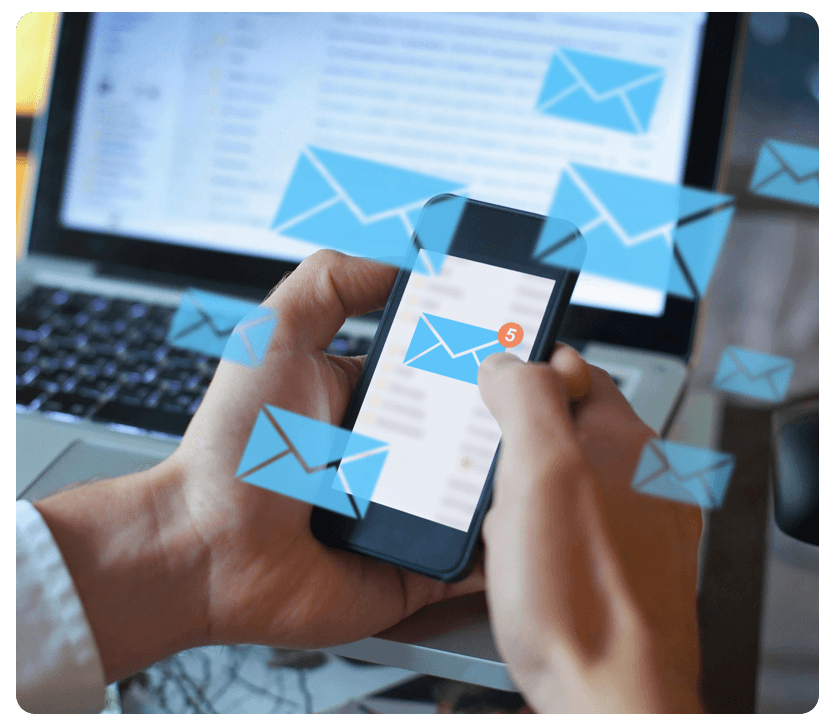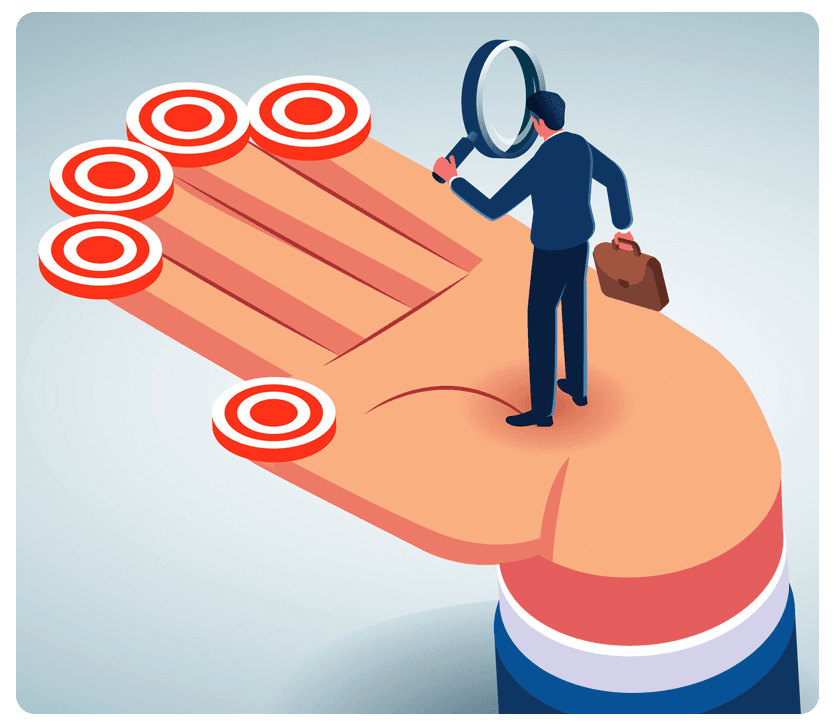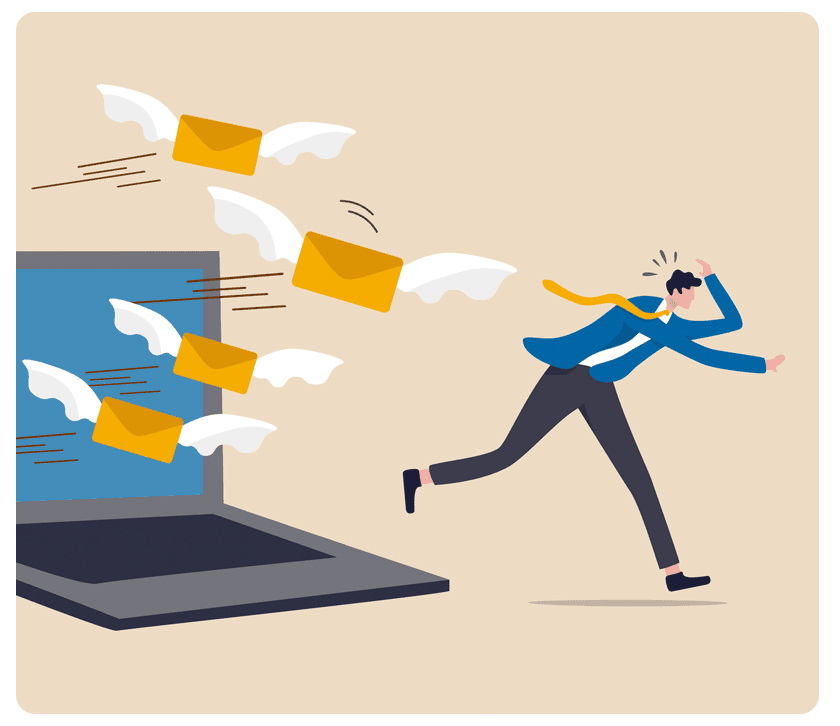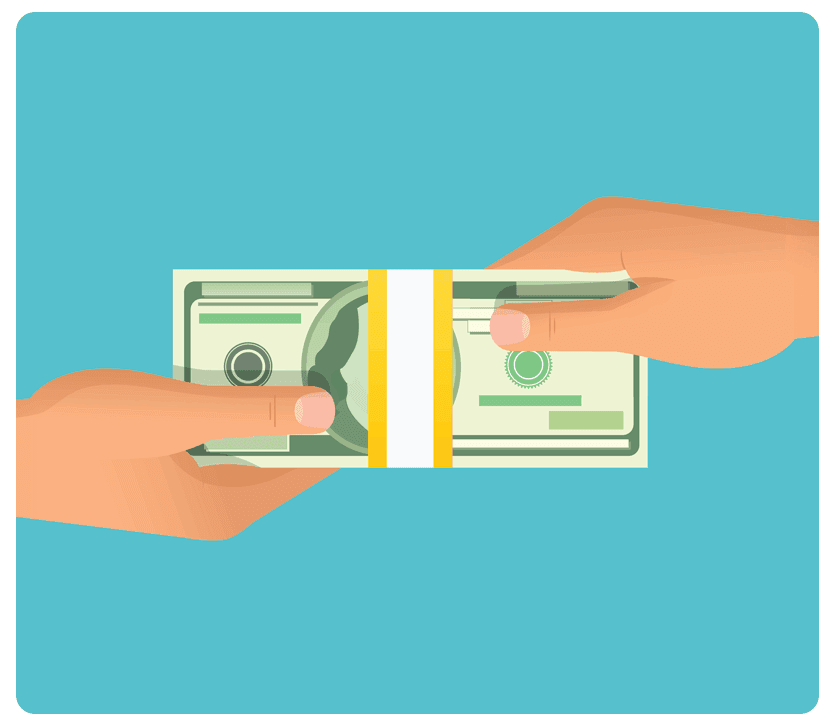A strategy of regular, strategically timed communications can have a powerful influence on shopper behavior. That’s why drip marketing is so important. In a drip marketing campaign, the business sends (drips) regular marketing communications, typically through multiple channels, to move a prospect through the sales funnel over time. It uses a combination of direct mail, email, mobile marketing, newsletters, or other content at the appropriate stage of the sales process.
Want to increase the effectiveness of your direct mail campaigns? Add a branded email with the same design components as the direct mail piece so that they are part of an integrated campaign. Adding branded email as a secondary touch doubles the customer.
If you’re a nonprofit, you know how critical direct mail is to your fundraising. In fact, according to MobileCause, donors are three times more likely to give online in response to a direct mail appeal than an email. Here are five tips to maximize your efforts.
As marketers, we have more data at our fingertips than ever. Data is all around us, from in-house customer information to third-party demographic and behavioral data. However, having more data doesn’t, by itself, generate success. You can personalize your direct mail and email with people’s names, tailored offers, and even customized images and text but still not get the desired results. What’s the secret? Instead of marketing to demographics, market to people.
Succeeding in Business-to-Business (B2B) sales requires a nuanced understanding of the complex decision-making processes within organizations. Unlike B2C transactions, B2B sales often involve multiple decision-makers with unique needs and priorities. Navigating this landscape requires persistence, insight, and data-driven communications. Let’s look at three “musts” for approaching B2B buyers.
Your existing customers are your most profitable customers. They buy more frequently, and they spend more when they do. But are you paying sufficient attention to them? Could you be losing customers without knowing it? Understanding why customers defect to competitors is the first step in retaining them, so let’s look at four key reasons you might be losing customers without realizing it.
When economic times are uncertain, different businesses take different strategies. Some tighten the belt, hunker down, and wait for things to improve. Others see opportunities. When their competitors pull back, they invest so they are way ahead when times get better.
Do brands have identities? Sure they do! Think about some companies most associated with a strong brand identity: Starbucks, Nike, Apple, and Coca-Cola. When you think about these brands, you think about more than products. Whether it’s excellence and determination or the warm feeling of bonding with friends and family, each brand has a strong identity of which customers want to be a part.
In today's digitally driven world, it's easy to assume that everyone is connected, but the reality is quite different. Millions of Americans still lack access to high-speed Internet—42 million Americans, to be exact. (The FCC defines “high-speed” as download speeds of at least 25 Mbps and upload speeds of at least 3 Mbps.) This underscores the importance of keeping print in the marketing mix. Printed marketing materials like postcards, sales letters, and other direct mailers reach every American, regardless of their Internet connectivity.
In today's marketing landscape, the importance of data-driven marketing cannot be overstated. Gone are the days of relying solely on intuition and guesswork to make marketing decisions. Instead, successful businesses harness data's power to drive their marketing strategies and achieve remarkable results. What are some of the benefits of building your marketing strategy on data?
In the ever-evolving marketing world, getting caught up in the digital buzz is easy. However, there's a timeless charm to a well-executed print campaign that captures attention and makes a lasting impression. Print has unique qualities that can elevate your direct mail efforts. Let’s look at five elements that make print special.
Marketing copy is the heart and soul of your advertising efforts. It connects your product or service with your audience, compelling them to take action. Let’s break down five essential steps to writing effective marketing copy.
As you seek to break through the marketing clutter, the more channels, the better. Pairings such as print with email, email with social media, and social media with print will result in higher response rates than any single channel alone. As you plan your efforts, you may wonder about the terms “omnichannel marketing,” “multichannel marketing,” “cross-channel marketing,” and “integrated marketing.” What are the differences between them? Is one approach better than another? Let’s take a look and find out.
Whether you are sitting down to design your first folding carton package or your hundredth, it helps to have a pre-design checklist. This ensures that your packaging looks and performs its best. Here are ten considerations you don’t want to overlook.
In the world of direct mail, creativity is everything. You want to design pieces that stand out and catch the customer’s eye. But be careful! Sometimes this leads to designing mail pieces in nonstandard sizes that, in some cases, can make the mailpiece undeliverable. Failure to meet minimum mailing dimensions is the number one mailing mistake cited by the United States Postal Service.
In marketing, being "top of mind" means being the first brand or product that comes to mind when a shopper thinks of a particular industry, category, or need. For example, when someone says “soda,” what comes to mind? Coca-Cola? Pepsi? When someone says “electronics,” is it Apple? Samsung? LG? Whatever your product category, you also want to be top of mind.
The ability to tailor documents with precision, incorporating variables like gender, income, and geographic location, holds immense potential in print and email marketing. But savvy marketers know that data points, by themselves, don’t make communication effective. So what does? Relevance.
Marketers learn from what some do well and from what others don’t. Either way, they learn. Let’s look at five “don’ts” we can take away from the mistakes of others. See any you need to fix in your marketing?
When you are shipping products, do you include a simple thank you? You might be surprised by what a difference it can make. Most buyers open the box, take out their purchase, and recycle it with little thought. But opening the package to find a thoughtful and beautifully printed card can change that experience and win you a loyal customer.
One of the fastest-growing types of marketing is content marketing. Why? Because it works. Content marketing positions you as a thought leader, establishes credibility, and is often the gateway to your customers discovering your business. One study found, for example, that year-over-year growth in unique website traffic is 7.8x higher for content marketing leaders than for followers (19.7% vs. 2.5%, Aberdeen). If your content is being provided in print, content marketing often drives them to check you out online in the first place.
Whether you are writing copy for direct mail, email, or mobile video, it is essential to be authentic. Indeed, Stackla has found that 90% of shoppers say that authenticity is important when deciding which brands they like and support. But maintaining an authentic voice doesn’t just “happen.” Like everything else, it takes planning. Here are five tips for maintaining an authentic voice and winning customer trust.
As a marketer, you know the value of email. You may also see the value of print marketing. But do you know the areas where one is better than another? Let’s look at four places where direct mail beats out email and does things email cannot do.
For nonprofits, every dollar they spend on overhead, administration, and marketing is a dollar not spent on their mission. Not surprisingly, there is an intense focus on which marketing channels are most effective. So which channel works best for nonprofits? A study by YouGov provides the answer: direct mail. In a survey of more than 1,150 U.S adults, YouGov found the following:
If you are trying to sell costume jewelry and organic smoothies, price and opportunity might motivate customers to purchase spontaneously or switch from a competitor. But if you sell higher-end or more complex products, it often takes a different approach.
The global pandemic has had a profound impact on the world of consumer marketing, and one of these impacts has been to bring QR codes more into the mainstream. With consumers increasingly comfortable using QR codes, businesses can confidently leverage this marketing tool, making it more straightforward for customers to gain information, access coupons, and reply to offers.


























